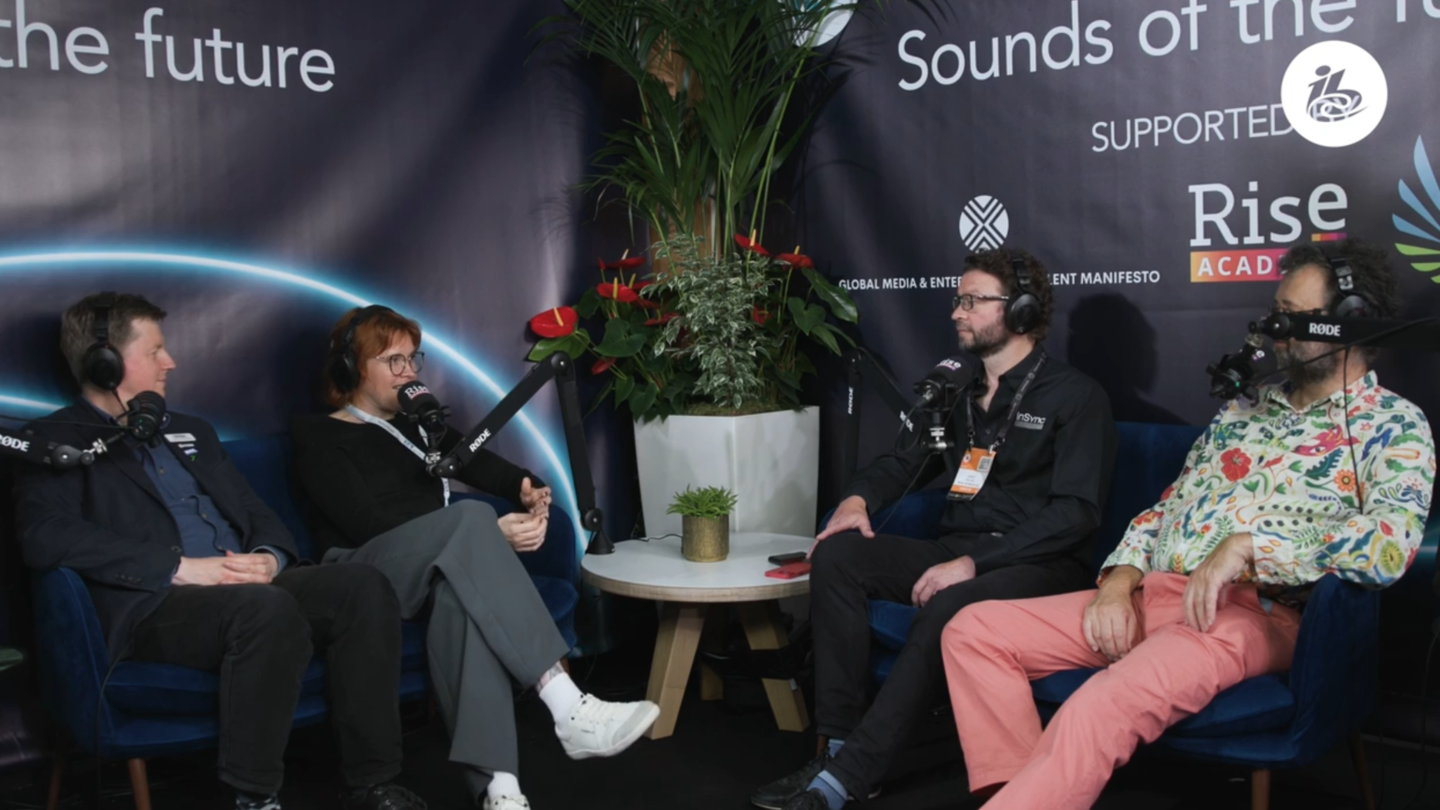Five projects from around the world have been selected for IBC2023 Innovation Awards Content Creation shortlist.
With over 120 projects submitted and the standard of transformative innovation sky-high throughout, the judging for the Content Creation category of the IBC2023 Innovation Awards was an extremely challenging process.
In the end a diverse range of innovative projects made the shortlist, from multi-camera extended reality (XR) and 100% AI-generated audiovisual content, to the world’s largest pop-up 5G standalone non-public network, creation of remote broadcast centres for esports production, and a world-first for onboard in-car broadcasting technology.
The five projects chosen for the Content Creation shortlist were: The BBC, Formula E, FOX Sports, Riot Games and RTVE. The winner of the IBC2023 Innovation Award in the Content Content category will be announced at a ceremony in IBC’s Premier Lounge at 18:00 CEST on Sunday September 17th.
BBC: Building a pop-up 5G network for the coronation of King Charles III
The BBC and partners for the world’s largest pop-up 5G standalone non-public network for live broadcast contributions using shared spectrum, deployed for the Coronation of HM King Charles III.

Wireless cameras for news contribution feeds regularly use bonded-cellular devices, which connect to and split the encoded video across multiple public mobile network SIMs. However, in high demand density environments with large crowds, public networks can quickly become saturated and unable to sustain the necessary bitrates.
To overcome this, and provide uncontested wireless connectivity, the largest pop-up 5G standalone non-public (private) network of its type was deployed outside Buckingham Palace. It extended along The Mall to Admiralty Arch to support news contributions for domestic and foreign broadcasters at the Coronation of HM King Charles III, without changing the contribution workflow.
The technical partners for the project were: Neutral Wireless, BBC R&D, StrathSDR, University of Strathclyde, LiveU, Sony and Haivision.
On Coronation Day itself, as the public networks became saturated, 60 devices from 20 domestic and international media outlets, including BBC (News and Radio), ABC, ARD, CBC, CBS, CNN, RTL and TV 2 Denmark, were all using the 5G private network to deliver live news contribution pieces.
The private network was used to carry 25 GB of data – over nine hours of continuous video at 6Mbps – to broadcasters around the world. The pop-up shared spectrum 5G SNPN, the largest of its type deployed to date, received very positive feedback from broadcasters who are now convinced by the innovative technology.
Formula E: Enhancing in-car broadcasting technology for greater immersion
Working with Formula E Technology, Domo Broadcast Systems and Timeline TV have made never-before-seen enhancements to in-car broadcasting technology. Now, with 220 on-board cameras distributed across all 22 cars in a race, the partners have enabled multiple camera angles to be transmitted simultaneously or individually, with built-in switching, real time over-air playback, and remote operator control of multiple cameras.
FORMULA E Onboard Showreel
“Today’s audience is looking for a more-immersive experience when it comes to watching racing,” said Eric Ernst, Technology Director, Formula E. “Our audience is increasingly becoming used to gaming and virtual reality experiences that put them in the driver’s seat.
“As a result, they’re no longer satisfied with seeing a race from behind the barriers, with the occasional, brief shot from inside a race car. We needed to continue to push the boundaries of what’s been done before and take our content offering to as yet unseen levels.
“Prior to the bespoke efforts of Timeline and Domo Broadcast, it wasn’t possible to cut between on-board cameras, go direct to air, or preview the coverage coming from multiple on-board cameras,” said Ernst.
This innovative work has already greatly enhanced viewer experience, as well as providing new opportunities to share data to improve production and potentially driver safety. In addition, the remote production capabilities are bringing added financial and resource savings.
FOX Sports: Bringing extended reality (XR) to NFL
FOX Sports built a state of the art multi-live multi-camera XR set replacing the existing NFL on FOX set located in Los Angeles. The team used the latest technology in LED, tracking and rendering to create a workflow that can take complex environments and simplify them for the end user, and create unique environments to ‘portal’ talent to different worlds throughout a show.
Applying virtual production to ‘FOX NFL Sunday’ | Spotlight | Unreal Engine
The next level after green screen production is XR. XR, also known as extended reality, projects the graphics on LED monitors instead of using a chroma key. This is done so you can get all the natural light of the surroundings on your talent, creating heightened realism. For film and TV that has been a game changer, but the lack of multi-camera set-ups prohibited its use for live broadcast.
This new FOX set leveraged the latest technology from partners Epic Games, Erizos, Ghost Frame, NEP and Stype TV that would allow for live multi-cam XR in broadcast. Along the way, a new workflow was formed.
The components required to complete this project included creation of multiple graphical environments in Unreal Engine: hardware system design for all components; working with vendors to develop set extension software; helping develop new control software with vendors; and custom code creation for multiple internal workflows.
Riot Games: Remote Broadcast Centres powered by AWS
As part of a drive to continuously innovate and advance its digital broadcast and production capabilities, Riot Games’ global circuit of Remote Broadcast Centres (RBCs) expands its global footprint with a modern, efficient, and sustainable way to create more esports global broadcast content.
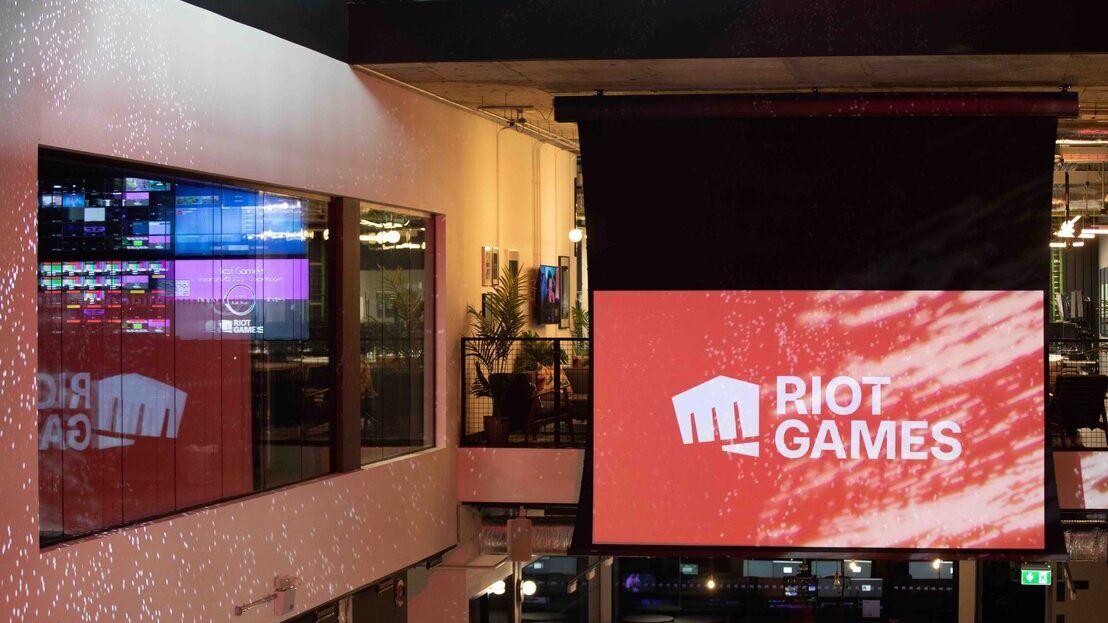
Launched under the codename Project Stryker, the first facility has been strategically placed in Dublin and works to enable efficient, game-agnostic production of media and content globally, through technical innovation, standardised workflows, and shared infrastructure.
The strategically located global Remote Broadcast and Content Production Centres will expand to enable follow-the-sun operations and remote production capabilities for all current and future esports and entertainment productions.
The culmination of Project Stryker came in May 2023 where three separate productions took place concurrently in the Dublin facility. All of the shows were produced on broadcast from Project Stryker, leveraging partnerships to ensure the facility had the capacity to deliver.
Technical supporters on this project are: Amazon Web Services for cloud AI, cloud machine learning, cloud deep learning and cloud service provision; Cisco infrastructure and capacity; EVS live video production/replay: Vizrt real time graphics control: and Nevion orchestration of media flows between remote venues and the RBC.
RTVE Spain: Audiovisual content created 100% by artificial intelligence
Hiperia is the first audiovisual content created 100% by artificial intelligence. The character, its voice and the script you hear are entirely generated by artificial intelligence.
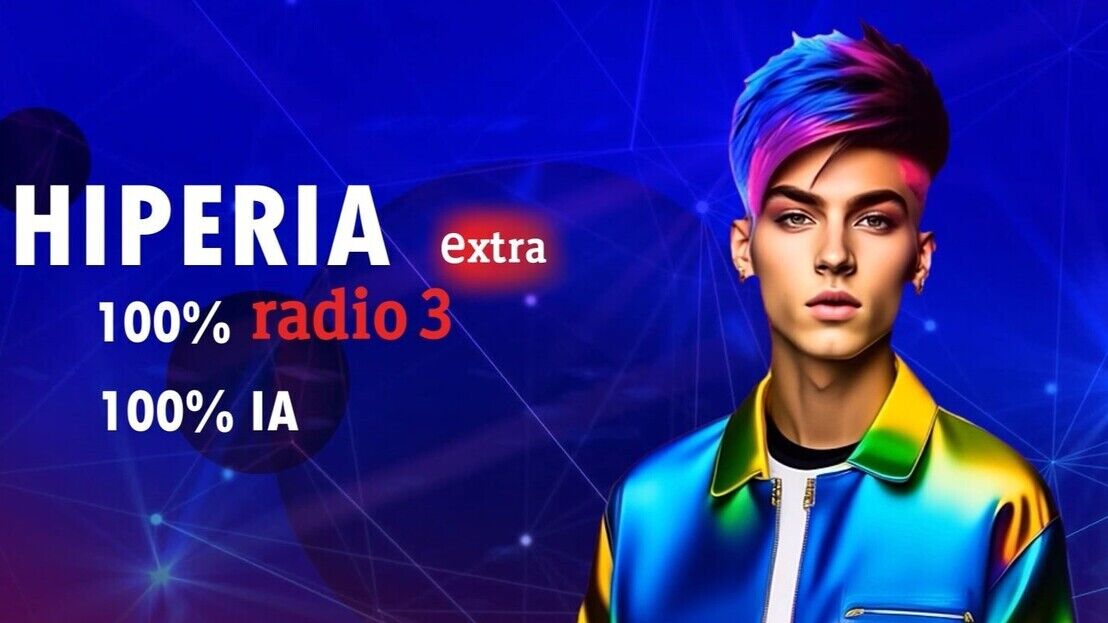
Spanish broadcaster RTVE started the idea at the end of 2022, conducted tests in January 2023 and released the show on February 27. Since then, a new episode is published on the Radio3 Extra website, on the Radio 3 app and on RTVE Play (RTVE´s OTT) each week.
Hiperia has been designed according to the criteria of the Radio 3 Extra team, RTVE’s AI specialists and technical supporter Monoceros Lab. The AI has shaped the character itself and the voice with which it expresses itself. The logarithms are also the creators of the script and the content that articulates Hiperia, talking about music and everything surrounding popular youth culture.
The workflow: the topic is chosen (about music). A Radio 3 journalist prepares what she wants ChatGPT to tell. ChatGPT generates the text, which is revised by a journalist. The text is converted to voice (trained and checked system). Voice is integrated into Hiperia (lips). Video is generated with D-ID. The resulting video is checked for video/audio quality. Titles and music are integrated to complete the narration. Final quality check. Distributed for publication … and back to square one.
If you enjoyed this, you’ll find more information about this year’s awards, the finalists and the judging panel on our IBC2023 Awards page.
You are not signed in
Only registered users can comment on this article.
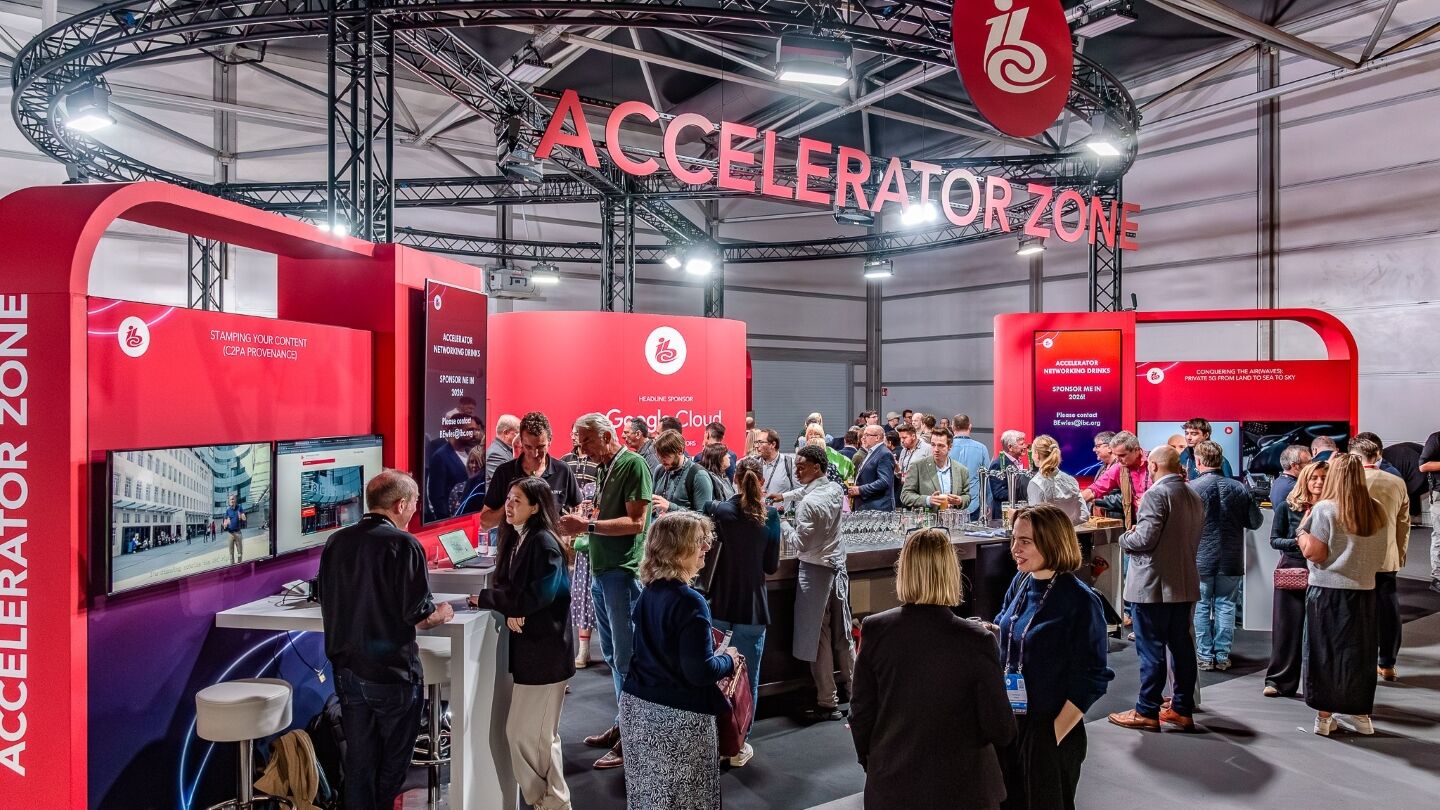
IBC calls for 2026 Accelerator Media Innovation Challenges
IBC has issued the official call for challenge submissions to the Accelerator Media Innovation Programme 2026, inviting media and entertainment organisations to propose collaborative innovation challenges that will help shape the future of the industry.

IBC2025 AI highlights: Cloud, 5G and the future of media workflows – to recap...
Catch key moments from IBC2025 with an AI-curated video of top connective tech sessions at the show.
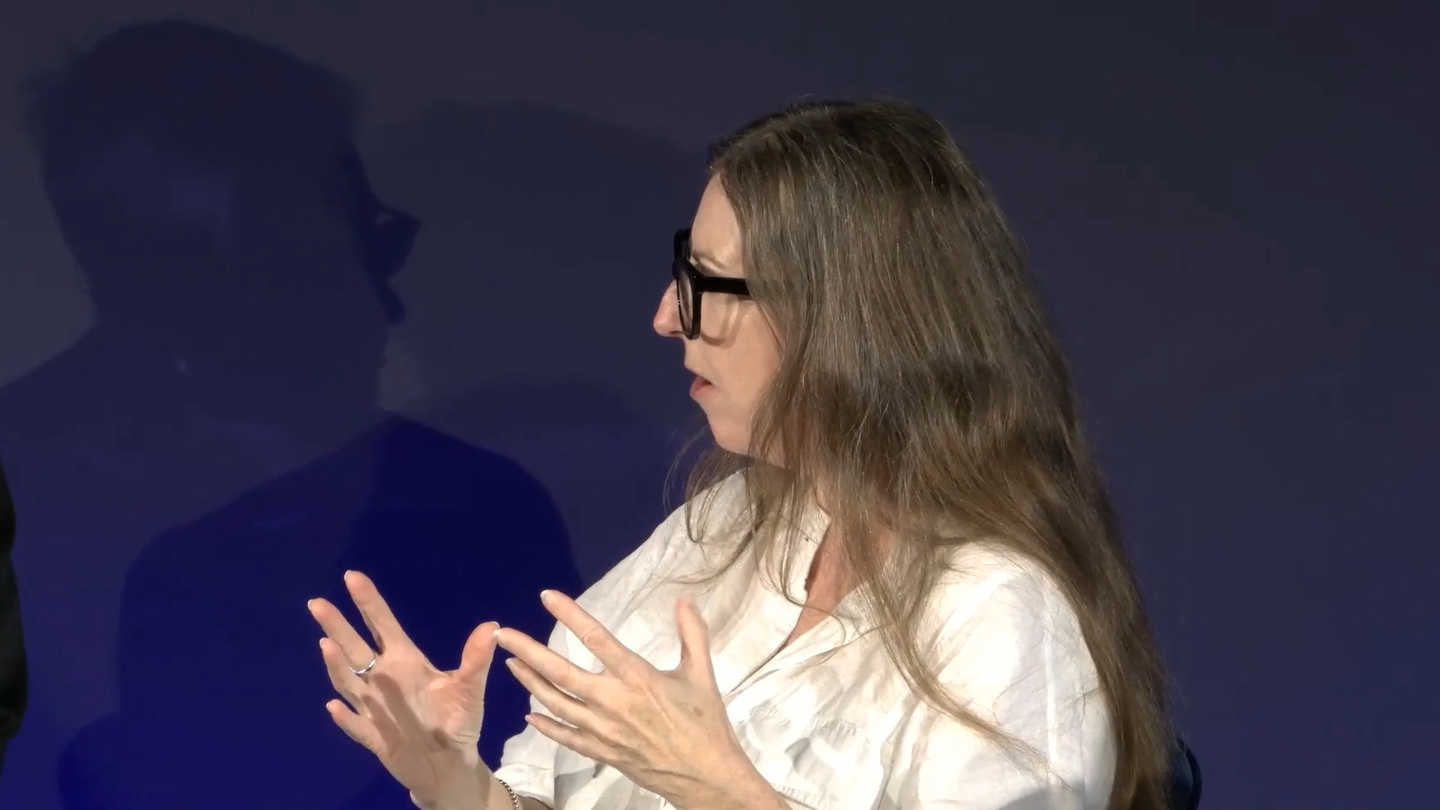
IBC2025 AI highlights: Cloud, 5G and the future of media workflows – in short…
Enjoy a short AI-curated clip of our top soundbites from key connective tech sessions across IBC2025.
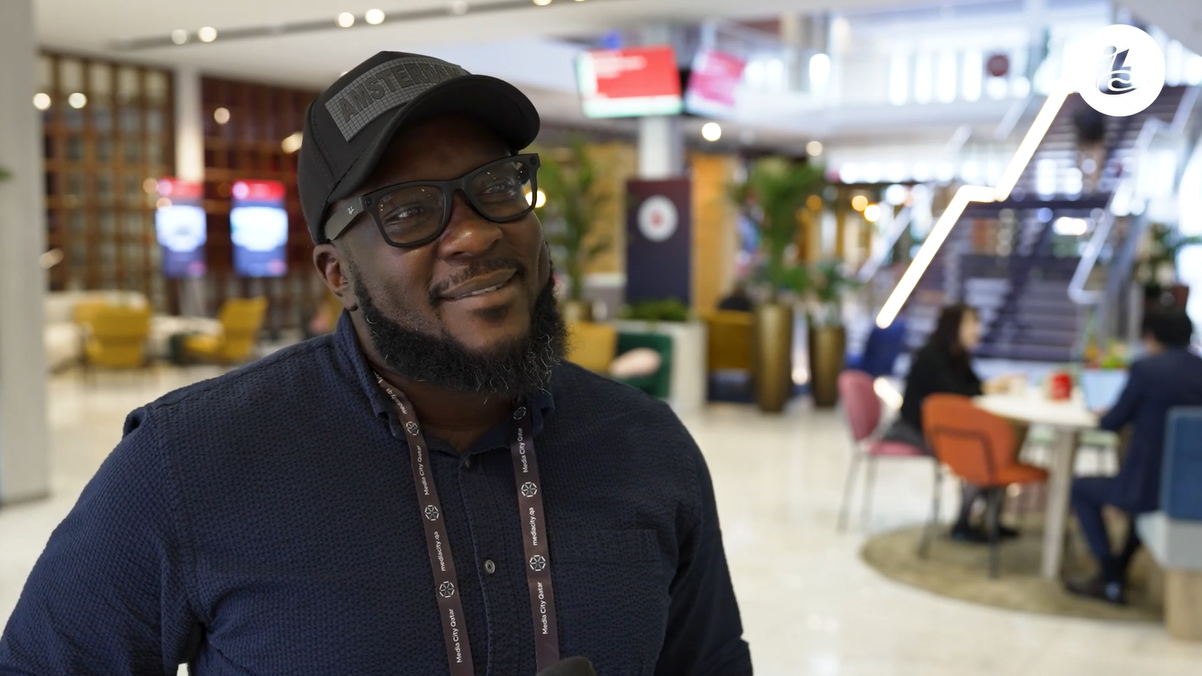
YouTube collab with Broadcasters: Better Together
“It’s what we post and when we post.” IBC365 caught up with Birch Lettsome, Marketing & Media Manager at 284 Media, to find out what else he would’ve enjoyed hearing about.

IBC2025: AI highlights of our AI highlights! In short…
Enjoy a short AI-curated clip of our top soundbites from key AI sessions across IBC2025.

